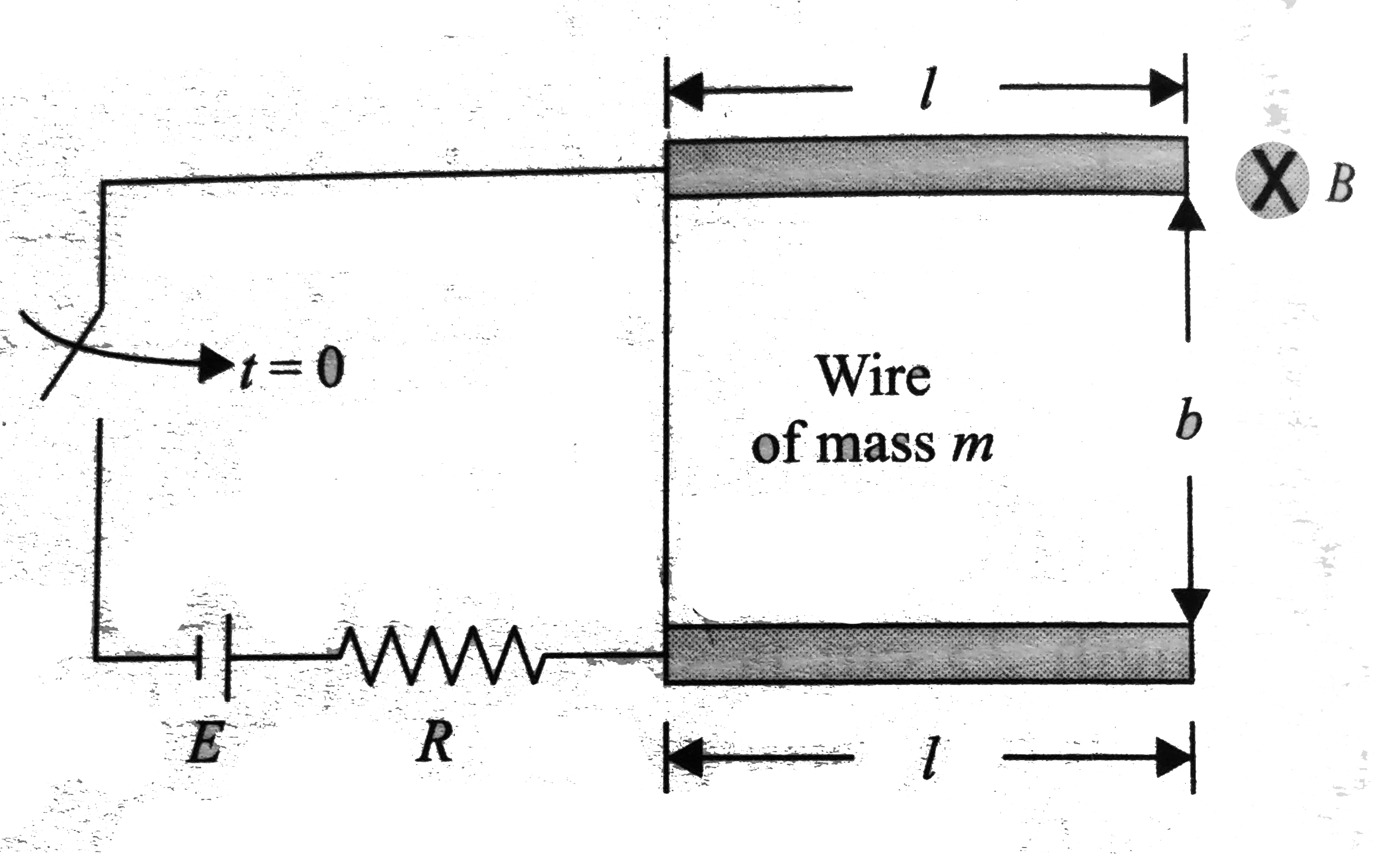The aluminium strips in an electroscope as shown in fig. 15.1 are replaced by plastic strips and a charged body is brought in contact with the metal clip. What will happen?.

Step by step video & image solution for The aluminium strips in an electroscope as shown in fig. 15.1 are replaced by plastic strips and a charged body is brought in contact with the metal clip. What will happen?. by Physics experts to help you in doubts & scoring excellent marks in Class 8 exams.
Topper's Solved these Questions
- BOOK - NCERT EXEMPLARCHAPTER - SOME NATURAL PHENOMENAEXERCISE - SHORT ANSWER QUESTIONS8videos
SOME NATURAL PHENOMENA
- BOOK - NCERT EXEMPLARCHAPTER - SOME NATURAL PHENOMENAEXERCISE - LONG ANSWER QUESTIONS5videos
SOME NATURAL PHENOMENA
- BOOK - NCERT EXEMPLARCHAPTER - SOME NATURAL PHENOMENAEXERCISE - VERY SHORT ANSWER QUESTIONS (STATE WHETHER THE FOLLOWING ARE TRUE OR FALSE ).5videos
SOME NATURAL PHENOMENA
- BOOK - NCERT EXEMPLARCHAPTER - LIGHTEXERCISE - LONG ANSWER QUESTIONS9videos
LIGHT
- BOOK - NCERT EXEMPLARCHAPTER - SOUNDEXERCISE - LONG ANSWER QUESTIONS5videos
SOUND
Similar Questions
The strips of an electroscope diverge when a charged body is brought in contact with the metal clip. Now the clip is touched gently by our hand. What will happen to the strips? Explain.
View SolutionIn an electroscope if a negatively charged body is brought in contact with the metal clip, the strips of the electroscope diverge. If now another charged object carrying equal amount of prositive charge is brought in contact with the clip, what will happen?
View Solution
Knowledge Check
- Question 1 - Select One
A positively charged body is brought in contact with the cap of gold leaf electroscope. Whose strips are netural , then
Apostively charge flows from the body to the strips and both the strips acquire positive charge.Bdue to like charged on strips , they arrract each other.Cif a positively charged body is removed the gap between the strips decreases.DBoth (a) and (c ). - Question 2 - Select One
A positively charged body is brought in contact with the cap of gold leaf electroscope. Whose strips are netural , then
Apositive charge flows from the body to the strips and both the strips acquire positive charge.Bdue to like charges on strips, they attract each other.Cif a positively charged body is removed the gap between the strips decreases.DBoth (a) and (c). - Question 3 - Select One
Two metal strips of length l each are placed parallel to each other in contact with an electric circuit as shown in Fig. 1.135. The entire structure is placed on a smooth horizontal floor in a region in which magnetic field is existing in vertical direction.

The distance travelled by the wire as a function of time is best given by
where t0=√2lmREBbA12×EbbRm×t2 for t<t0 and l+(Ebb)/(Rm)(t-t_0) for t≥t0B12×EbbRm×t2 for all tC12×EbbRm×t2 for t≤t0 and the wire stopsD12×EbbRm×t2 for t≤t0 and l+E3bRm×t fort≥t0 where t_0=sqrt((2lmR)/(Ebb))
If the metal clip used in the electroscope is replaced by an ebonite rod and a charged body is brought in contact with it, will there be any effect on the aluminium strips? Explain.
View SolutionIf a charged plastic straw is brought near another uncharged plastic straw, what will happen?
View SolutionIf vapours of dry ammonia gas are brought in contact with red litmus strip, what will happen to the colour of the litmus strip?
View SolutionIf a glass rod rubbed with silk cloth is brought in contact with a neutral metallic sphere, what type charge will be gained by the sphere?
View Solution“Magnetic mirror" is the term for the region of the magnetic field in which there is an intense concentration of lines of induction (Fig. 28.19a). Suppose a charged particle approaches a magnetic mirror, as shown in the figure. What will happen to it?
 View Solution
View Solution
